Mirage4000
ACCESS: Confidential
- Joined
- 5 June 2020
- Messages
- 84
- Reaction score
- 161
I plead guilty as charged.This topic is veering dangerously close to wish-fulfilment fantasy. Perhaps a topic for The Bar?
One for @Archibald...
The biggest mistake in French Naval Aviation...
Building Clemenceau & Foch with hulls that were too small and lightly built. Instead build a pair of PA58s. More expensive to build and more expensive to run, but capable of operating twice as many of the same aircraft as the real world ships or about 40 aircraft in the Phantom & Buccaneer class.
I plead guilty as charged.This topic is veering dangerously close to wish-fulfilment fantasy. Perhaps a topic for The Bar?
That might not be a problem as Clemenceau was laid down in November 1955 and Foch in November 1957. De Gaulle didn't become president until June 1958.Good idea, but alas - De Gaulle's Force de frappe decided otherwise... I'm slowly realizing how much of a money pit it was for my country...
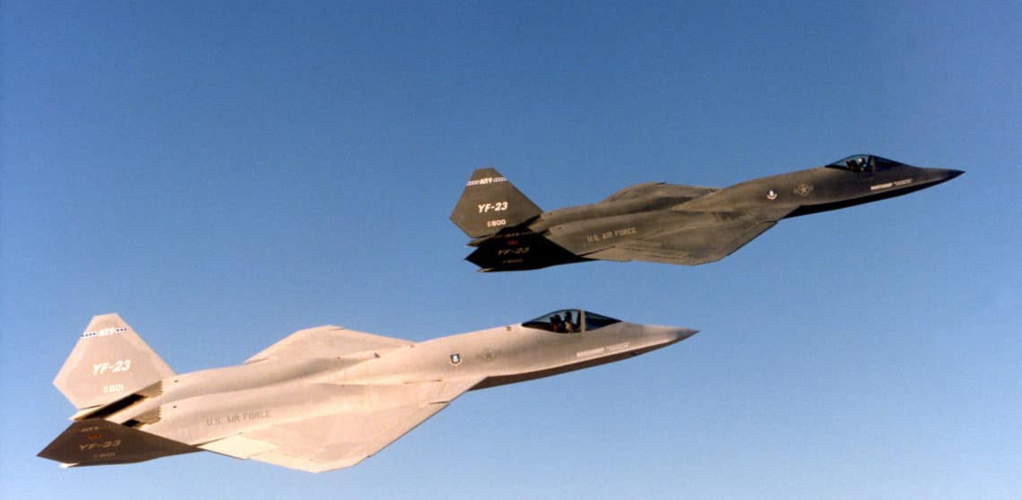
Archibald, I read somewhere the Clemenceaus's size was dictated by the then largest ship-building dock at the time...or something to that effect...And force de frappe afterwards.
Don't know why the Clemenceaus weren't made a little larger btw, you have a point.
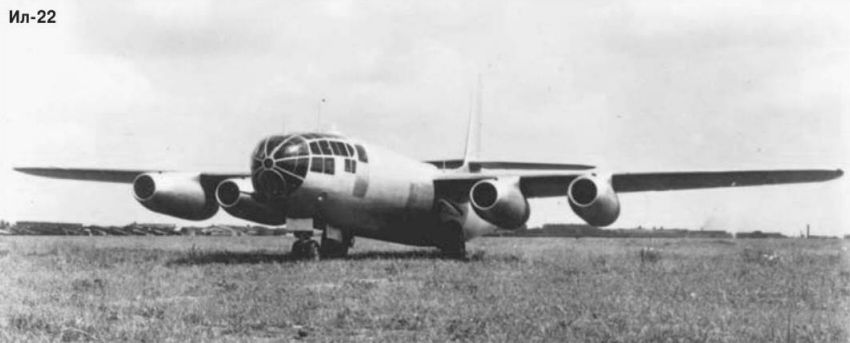

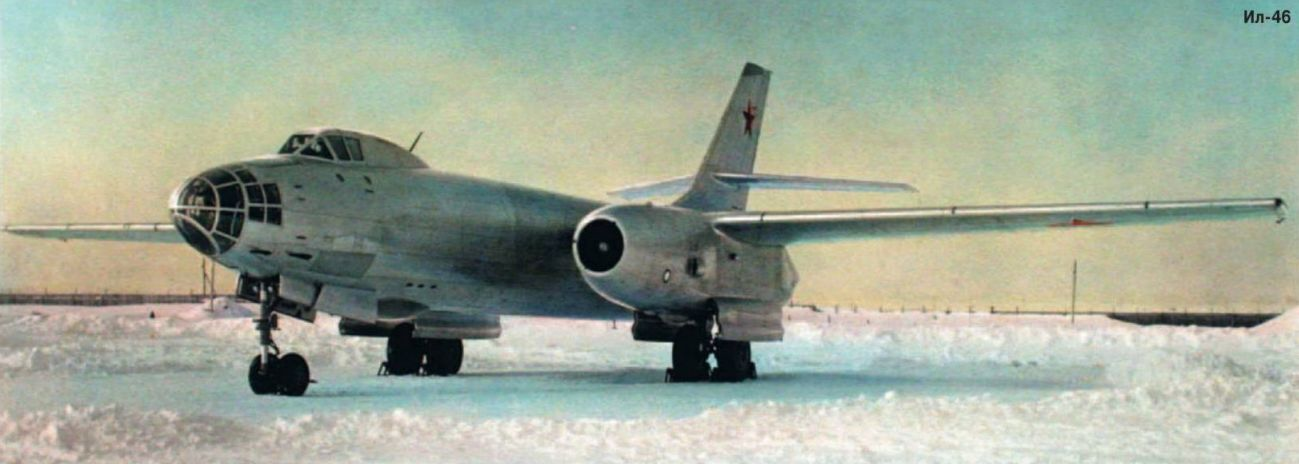
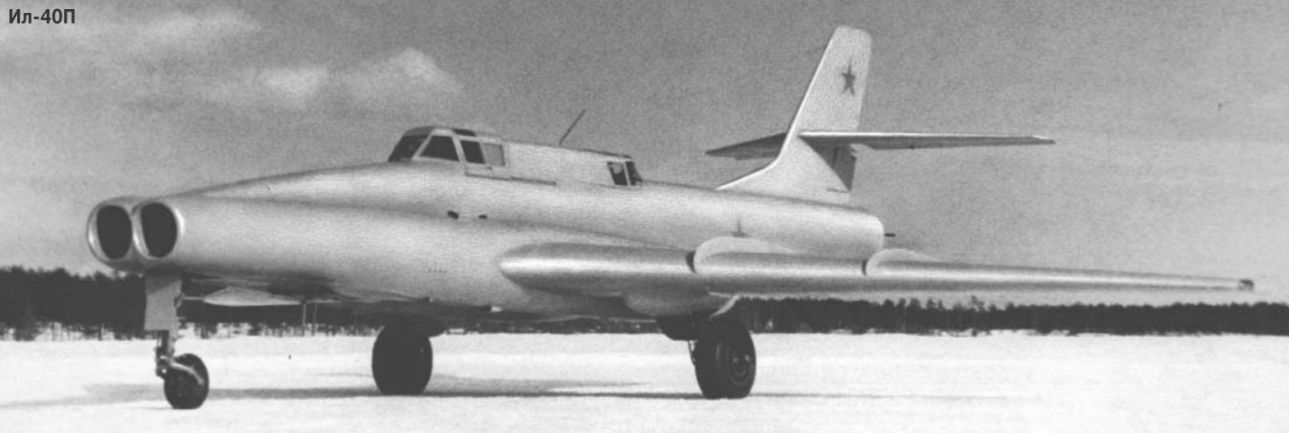
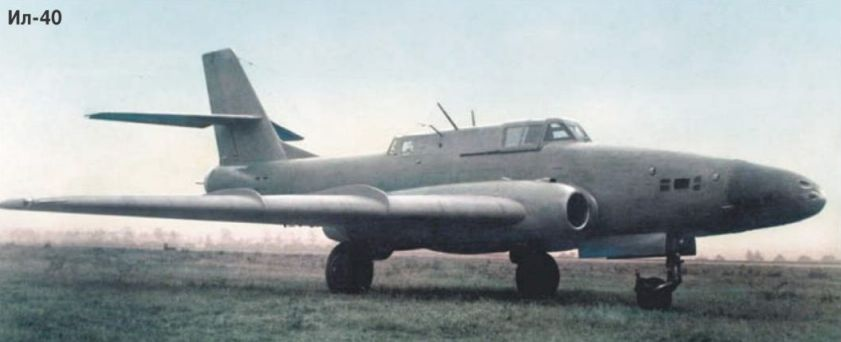

I really want to see this get explored further.A different atmospheric density... move the entire world effectively up an extra 5km or down an extra 5km... see how the aerodynamics play out for the same rolls.
I really want to see this get explored further.A different atmospheric density... move the entire world effectively up an extra 5km or down an extra 5km... see how the aerodynamics play out for the same rolls.
Greek Ptisi magazine several years ago. Ptisi (ie Flight) has been very reliable since it start publication nearly 4 decades ago. The US allowed the junta to buy Phantoms just in time to derail this but it shouldn't be very difficult to alter things slightly here. After all Greece did buy Mirage's anyway and was looking into them (Mirage III originally) since at least 1966-67 (can't remember when the Greeks test flew it without checking) to have an alternative source of equipment (the air force was not amused by delays in spare part deliveries during one of the crises over Cyprus at the time... the result is three generations of French warplanes in Greek service and I suspect FCAS if it happens to follow)Now that's interesting ! Where did you got that info ? I usually bet on Leo Tindemans Belgium to kickstart the F1-M53 in the fall of 1973 (before The Netherlands steps in and makes F-16 domination unavoidable). But this Greek stuff is intriguing...
The French Air Force had bet on the Atar for its Mirage F1s, IOC early 1973. But they had plans to introduce M53 in the last batches as a low-end to the G8 (1969-72) and then the fixed wing ACF, although the latter was already extremely expensive. Getting the greeks onboard as early as 1971 could push the AdA to change the ratio of Atar/M53 F1s.
Next domino to fall may very well be the French Navy, once again before 1973 - after what the Super Etendard cannot be stopped. By 1971-72 they were realizing how much a dog would the Jaguar M be...
And after that: Belgium, here we go.
And the actual source (in Greek of course) http://library.techlink.gr/ptisi/article.asp?mag=2&issue=154&article=3932 from September 1995.Now that's interesting ! Where did you got that info ? I usually bet on Leo Tindemans Belgium to kickstart the F1-M53 in the fall of 1973 (before The Netherlands steps in and makes F-16 domination unavoidable). But this Greek stuff is intriguing...
The French Air Force had bet on the Atar for its Mirage F1s, IOC early 1973. But they had plans to introduce M53 in the last batches as a low-end to the G8 (1969-72) and then the fixed wing ACF, although the latter was already extremely expensive. Getting the greeks onboard as early as 1971 could push the AdA to change the ratio of Atar/M53 F1s.
Next domino to fall may very well be the French Navy, once again before 1973 - after what the Super Etendard cannot be stopped. By 1971-72 they were realizing how much a dog would the Jaguar M be...
And after that: Belgium, here we go.
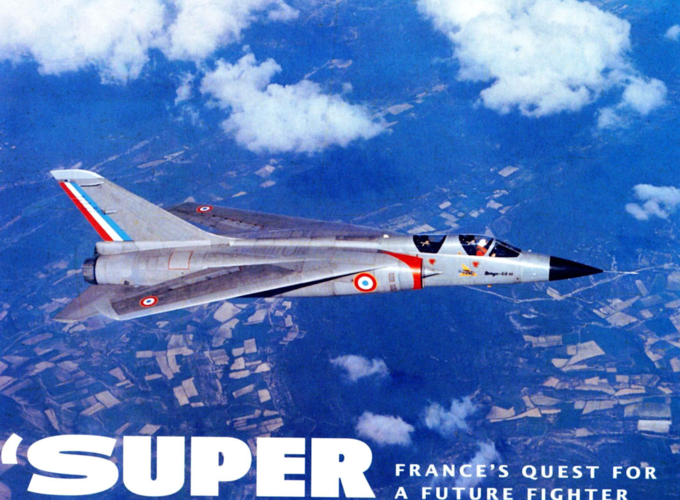
Would a sneeze from this beast count as thrust reversal?View attachment 656779
Look ma ! an aircraft with a snoot ! Seriously, it looks like a pig of aircraft : in both senses of the word LMAO
A more flattering comparison would be: BMW iconic trademark...
View attachment 656837
After its first flight in 1967, in 1968 Spain decided to join in the development of Mirage G8
With a total production of 450 aircraft, France took 150, Spain 120, several export orders followed.
Irak bought 145 aircraft and Turkey 45.
During the Iran-Iraq war of the 1980s it served well, downing 17 Iranian F-14s
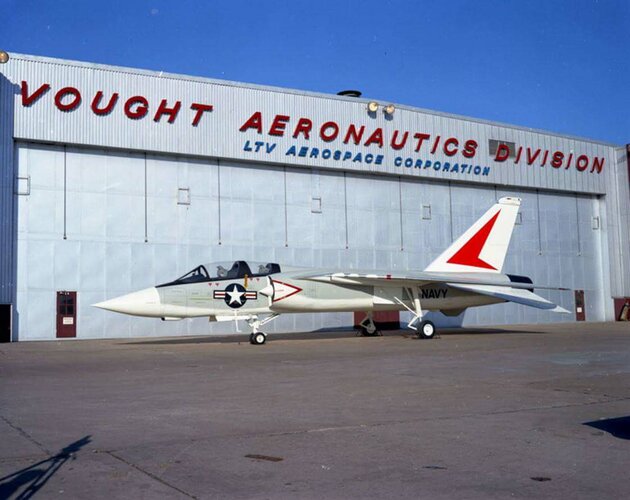
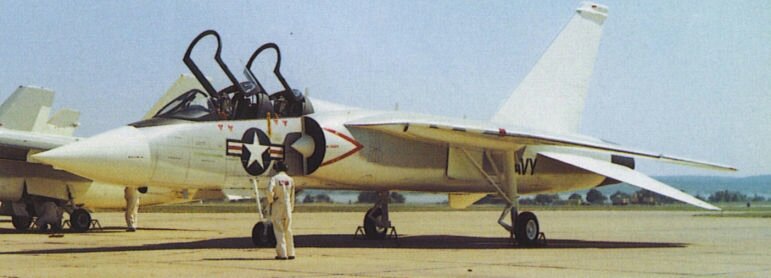
That's great for the Greek aviation industry (the Greeks mind you still buy Phantom and A-7 most likely) but not certain how much it affects the French one in the 1970s. Of course this gives Mirage 2000 a huge head start in Greece 10 years down the line and makes the Greeks an obvious minor partner for Rafale. So hmm. The cost of 40 F-16 +40 Mirage 2000 equalled the cost of 100 Mirage 2000 in 1984. Add another 40-60 post 1992 by 1999 when Greece ordered 60 F-16 +15 Mirage 2000 followed by another 30 F-16 in 2006 Rafale is getting into service lets put the number to 75 to take into account the higher costs compared to the single engined birdsMirage production lines / industrial shares
- Mirage F1 to Greece, 1971: Dassault offload 20% of industrialization to the greeks. Beat Phantom.
That's great for the Greek aviation industry (the Greeks mind you still buy Phantom and A-7 most likely) but not certain how much it affects the French one in the 1970s. Of course this gives Mirage 2000 a huge head start in Greece 10 years down the line and makes the Greeks an obvious minor partner for Rafale. So hmm. The cost of 40 F-16 +40 Mirage 2000 equalled the cost of 100 Mirage 2000 in 1984. Add another 40-60 post 1992 by 1999 when Greece ordered 60 F-16 +15 Mirage 2000 followed by another 30 F-16 in 2006 Rafale is getting into service lets put the number to 75 to take into account the higher costs compared to the single engined birdsMirage production lines / industrial shares
- Mirage F1 to Greece, 1971: Dassault offload 20% of industrialization to the greeks. Beat Phantom.
So ~160 Mirage 2000 and ~100 Rafale by 2020 not counting the economic benefits from the industrial share not just on Greek but also French and foreign orders which for a country the size of Greece would be notable. Not bad.
The funny thing is the Greece alone has already led to significant increases in non French production even if nothing else changes, the 284 Mirage 2000 for export in OTL are 389 TTL and Rafale is up from 150 to 226+...That's great for the Greek aviation industry (the Greeks mind you still buy Phantom and A-7 most likely) but not certain how much it affects the French one in the 1970s. Of course this gives Mirage 2000 a huge head start in Greece 10 years down the line and makes the Greeks an obvious minor partner for Rafale. So hmm. The cost of 40 F-16 +40 Mirage 2000 equalled the cost of 100 Mirage 2000 in 1984. Add another 40-60 post 1992 by 1999 when Greece ordered 60 F-16 +15 Mirage 2000 followed by another 30 F-16 in 2006 Rafale is getting into service lets put the number to 75 to take into account the higher costs compared to the single engined birdsMirage production lines / industrial shares
- Mirage F1 to Greece, 1971: Dassault offload 20% of industrialization to the greeks. Beat Phantom.
So ~160 Mirage 2000 and ~100 Rafale by 2020 not counting the economic benefits from the industrial share not just on Greek but also French and foreign orders which for a country the size of Greece would be notable. Not bad.
Or the Mirage 2000 simply never exists in the first place, as Mirage F1M53 + analog FBW replaces it, for Greece, Belgium, French Navy, Armée de l'Air, and a bunch of others...
The F1M53 pulls a Rafale 30 years before the date by standardizing the entire fleet of AdA + Aéronavale combat jets.
- Jaguars are sold to India
- Mirage III / V are sold to South America
- Mirage F1 Atar are dumped too
- Crusaders are dumped
- Super Etendard, Mirage 2000 never happen
While inferior to the F-16 the F1M53 by pulling a Rafale allows massive economies of scale and either the ACF or 4000 to happen to replace the Mirage IVA as a nuclear bomber.
By 1977 the 4000 becomes the basis of both ATL Rafale and Typhoon which never split. More exactly a scaled down Mirage 4000 with RB.199s... the Mirage 3000.
So as I understand it the 2000 was designed around the M53-2 rather than M53-3? Was this for commonality or because the M53-3 was dead by then?...thank you all. I would say the Mirage F3, even more than the F1, was the great missed opportunity. Could have got the M53 more easily and much earlier, perhaps 1971. A touch larger, too, for better range (basically the F1 was a scaled down, 0.80 F3 for Atar 9K50 rather than TF306E. M53-3 was right between them.)
I came to understand circa 1969 were two M53 planned variants
- M53-2, only 8200 kg thrust BUT can be retrofited to the Mirage F1
- M53-3, 9000 kg thrust but can't fit a F1 rump, the fan is wider for more thrust (unlike the later M53-P2 which was swappable with the earlier variants inside a Mirage 2000 airframe... alas only 15 years later).
From these two variants one can see how SNECMA was trapped in a corner. The more powerful M53-3 was a better replacement for the massively powerful TF306E, 10400 kg thrust. But a F1 could not upgrade with it.
The F3 being larger from the start, could have done it.
In a sense, the mistake was in 1967-68 to go F1 / 9K50 rather than F3 / M53-3. Consolidating the F3 with the more powerful M53.
Afterwards the F1-M53 was never a priority... until waaaaay too late, 1972-75 when the F-16 swept it. The reason was that, unlike the ACF (1972) and 4000 (1975) after them, the G4/G8 were designed (1968) with 9K50 rather than M53: too early for the M53. And thus a F1 supersonic testbed was no priority until the G8 were canned in 1972 for ACF.
Mirage F3-M53-3 (that's a lot of 3 !) would have been closer from a Viggen or a MiG-23... or a F-16 but four years ahead.
A TL with a mix of Mirage G and F3, POD 1968 could be awesome: Mirage G with TF306E in place of F-18 for USN (and Aéronavale too) Mirage F3-M53-3 in place of F1 & 2000 from 1971.
Hi from a new member!(and delta lover). I think the biggest problem with these layouts is the abysmal view from the cockpit when landing,except in the case of a nosewheel landing gear.I think you should try and cram a nosewheel bay behind the engine. Nevertheless,let's remember that canards were not successfull during WW2-eg the Curtiss XP-55 Ascender.Payen RP/Pa.... something, with counter-rotating propellers. Maybe, for example, the Payen RP.420 :
